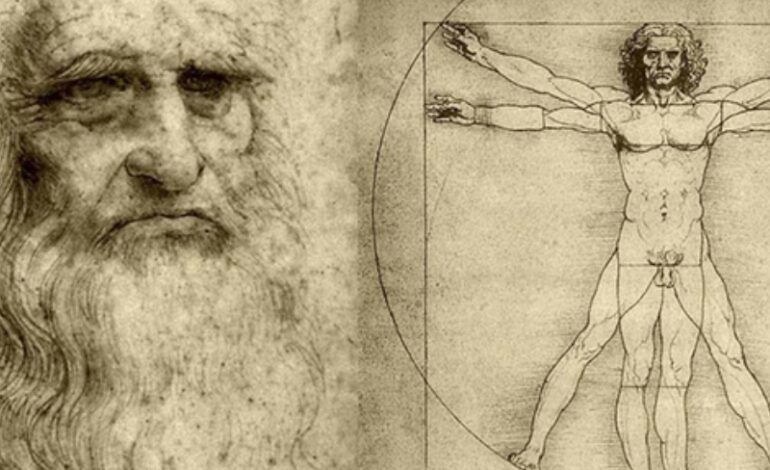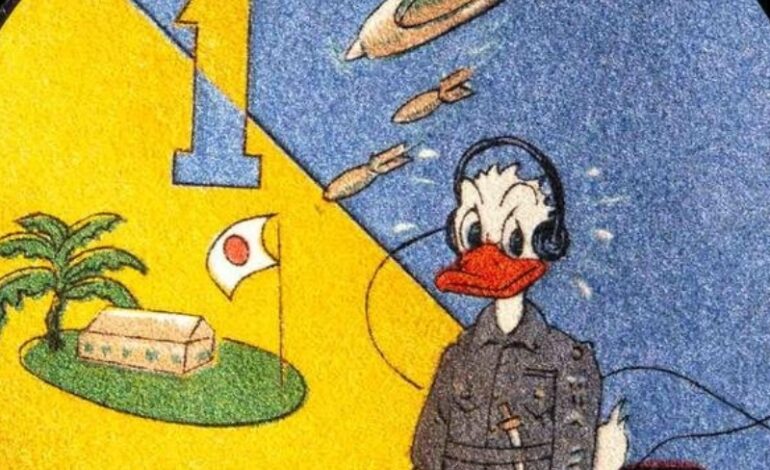Leonardo da Vinci: The Renaissance Beacon of Innovation

Introduction to Leonardo da Vinci

Leonardo da Vinci’s birth on April 15, 1452, in the Tuscan hill town of Vinci, heralded the arrival of a polymath whose impact would permeate the realms of art, science, and technology. His life, a canvas of exploration and innovation, exemplified the Renaissance humanist ideal, a movement that placed a high value on the capabilities and achievements of individuals.
The Renaissance was a time of rebirth for art and science, and Leonardo stood at its forefront. His diverse interests and insatiable curiosity drove him to pursue knowledge in various fields, making him a true embodiment of the term ‘Renaissance man’. His contributions spanned from the artistic masterpieces that changed the course of painting to scientific inquiries that were centuries ahead of their time.
The Artist’s Palette
Leonardo’s artistic legacy is monumental, with works that have become cultural touchstones. The “Mona Lisa” is renowned for its enigmatic smile and the “Last Supper” for its dramatic composition and emotional depth. These works not only showcase Leonardo’s mastery of the art but also his innovative use of techniques like sfumato and perspective, which brought a new level of realism to painting.
Beyond these iconic images, Leonardo’s artistic contributions include a vast array of sketches, studies, and lesser-known paintings that reflect his deep understanding of human anatomy, light, and form. His art was not just a reflection of reality but an exploration of the human experience, capturing the subtleties of emotion and the complexities of the natural world.
The Scientist’s Inquiry

Leonardo’s scientific endeavors were marked by meticulous observation and documentation. His anatomical studies, for example, were not only groundbreaking in their accuracy but also in their approach to understanding the human body. He dissected cadavers, sketching what he saw with an artist’s eye and a scientist’s mind, laying the groundwork for modern anatomy1.
His notebooks, filled with mirror-written notes and sketches, reveal a mind that was constantly questioning and seeking to understand the principles of nature. From the flow of water to the flight of birds, Leonardo’s scientific studies were driven by a profound desire to uncover the secrets of the world around him.
The Inventor’s Vision
Leonardo’s vision as an inventor was as bold as it was broad. He conceptualized machines and devices that were far ahead of his time, including early iterations of the helicopter, parachute, and even a type of armored vehicle. His designs for bridges, weapons, and urban planning show a forward-thinking approach to engineering and architecture34.
While many of Leonardo’s inventions remained on paper, their ingenuity cannot be understated. They demonstrate his belief in the power of human ingenuity and his relentless pursuit of practical solutions to complex problems. His contributions to engineering and invention continue to inspire modern-day innovators.
The Legacy of a Polymath

Leonardo’s legacy is not confined to specific disciplines; rather, it is the holistic approach to learning and discovery that he championed which endures. He did not see art, science, and technology as separate fields but as interconnected realms of human endeavor, each informing and enhancing the other.
This integrative approach is perhaps Leonardo’s most significant contribution to posterity. It encourages us to break down the barriers between disciplines, to see the world in all its interconnected complexity, and to approach problems with a multidisciplinary mindset. Leonardo’s life reminds us of the power of curiosity and the endless potential of the human mind1.
Conclusion: A Timeless Beacon
Leonardo da Vinci remains a timeless beacon of human potential and creativity. His life and work transcend the era in which he lived, offering lessons in innovation, curiosity, and the pursuit of knowledge that are as relevant today as they were in the Renaissance. As we continue to explore and understand our world, Leonardo’s legacy serves as a guiding light, inspiring us to imagine, create, and discover without limits.








![Top 5 Most Powerful Mysterious Creatures Of All Time[Updated 2024]](https://newsdailybeats.com/wp-content/uploads/2024/06/mystery-creatures-1.jpg)
